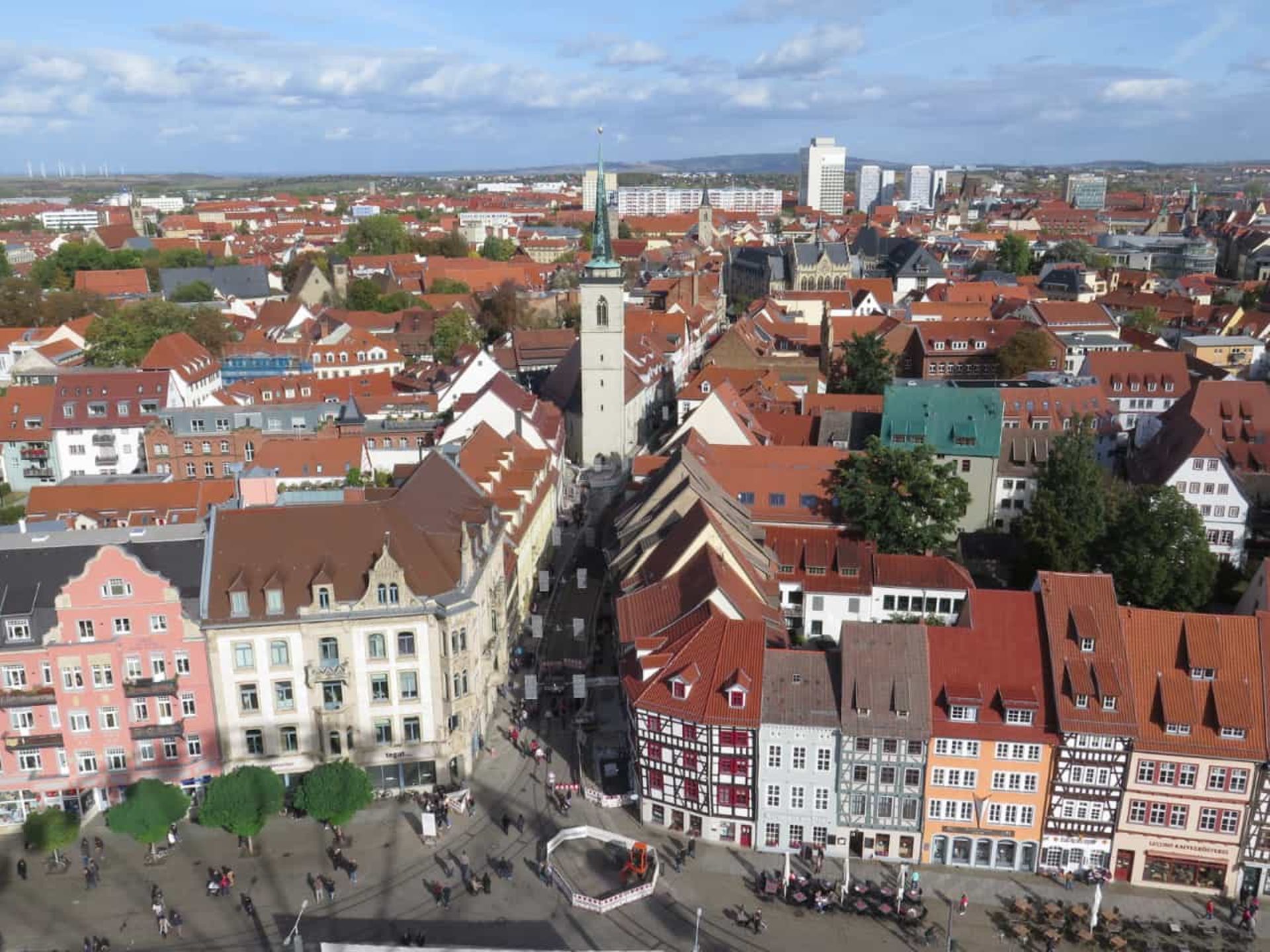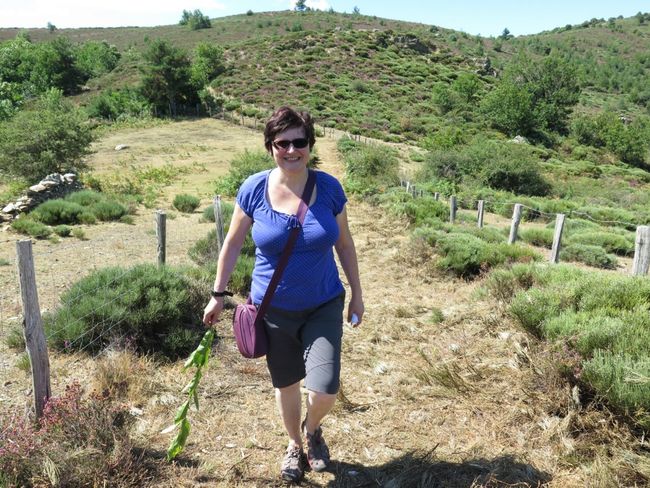2022 - September - Jersey War Tunnels
Oñemoherakuãva: 07.09.2022
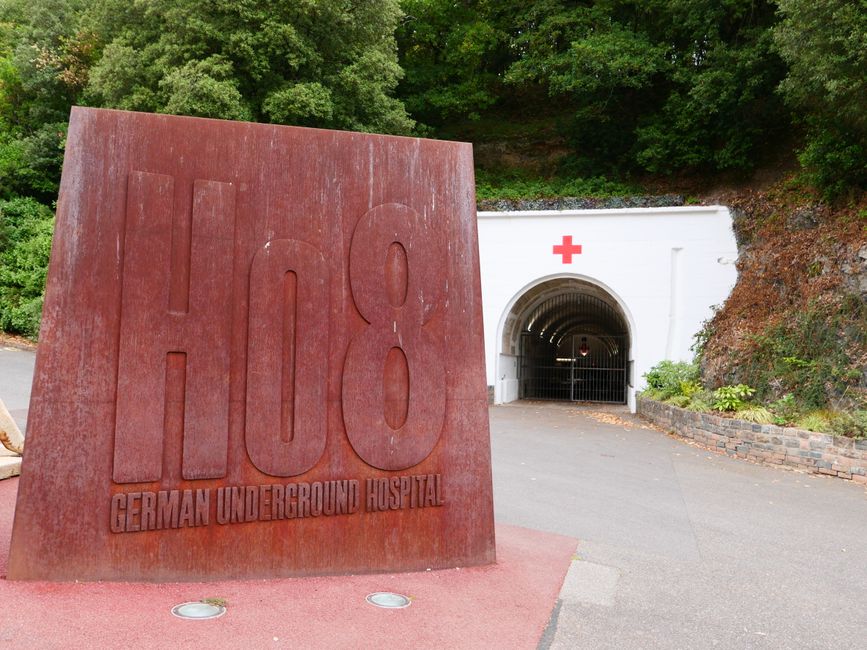
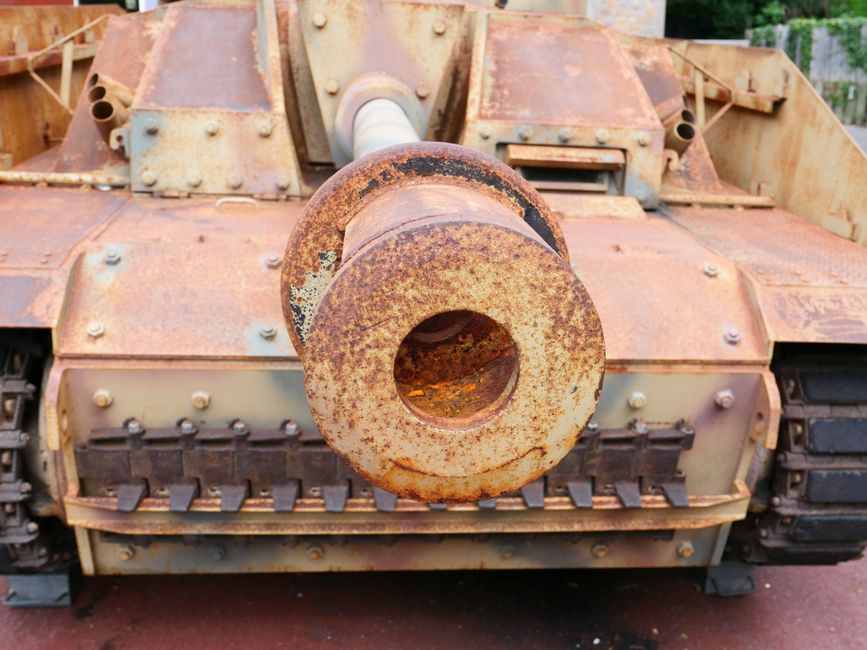
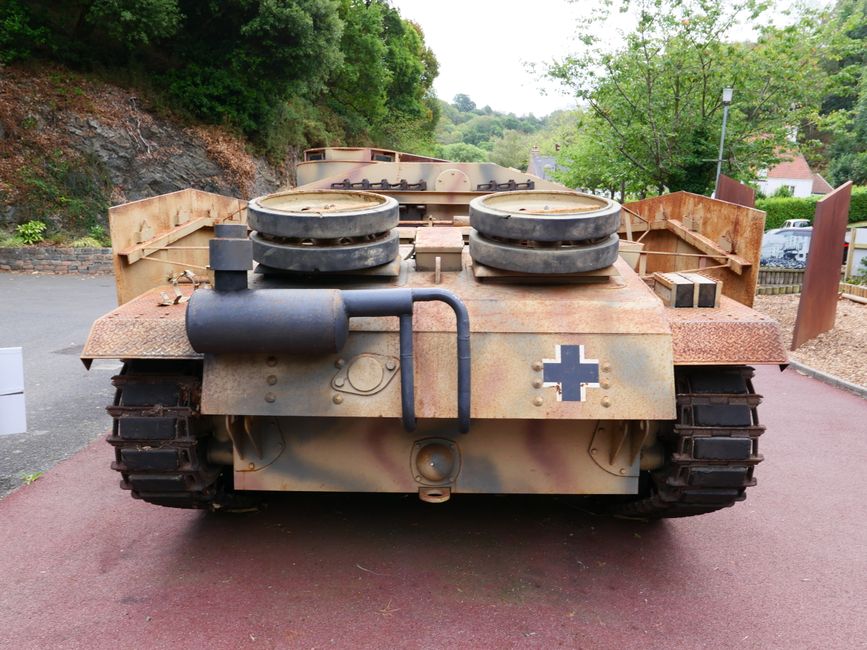
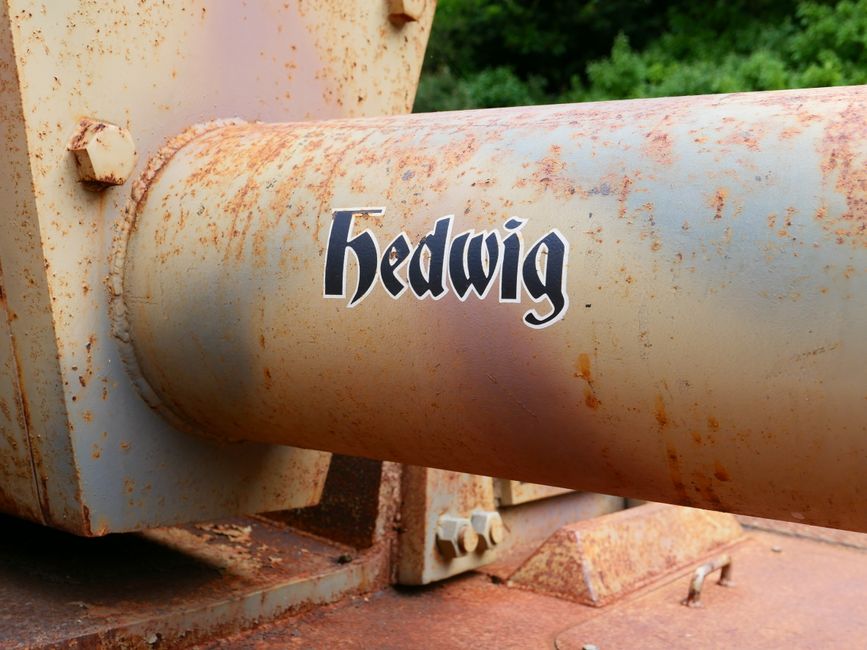
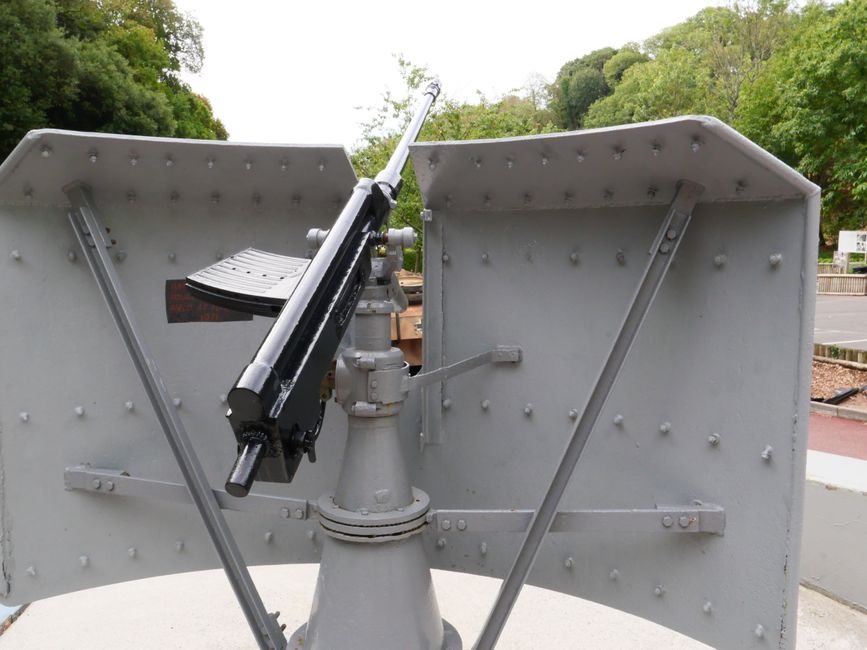
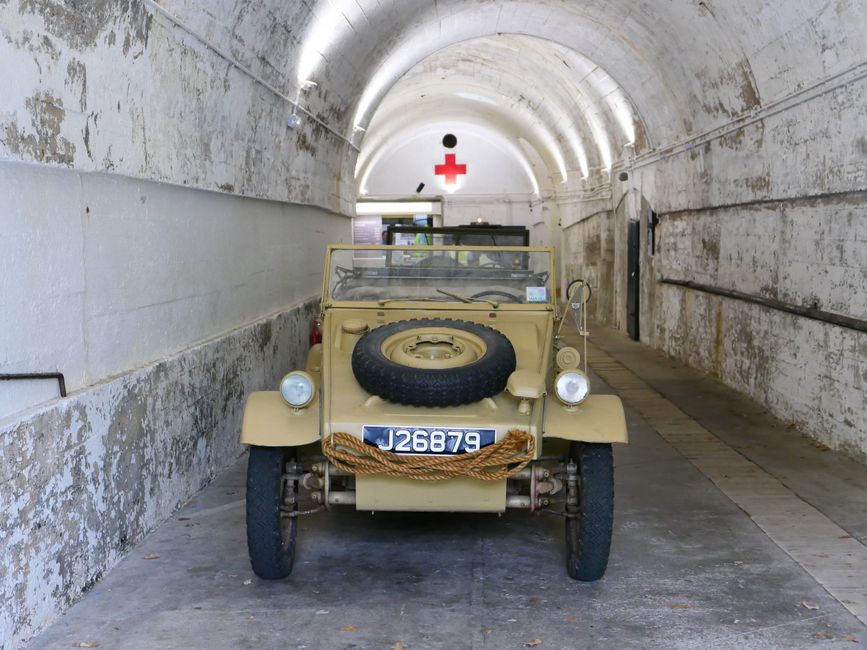
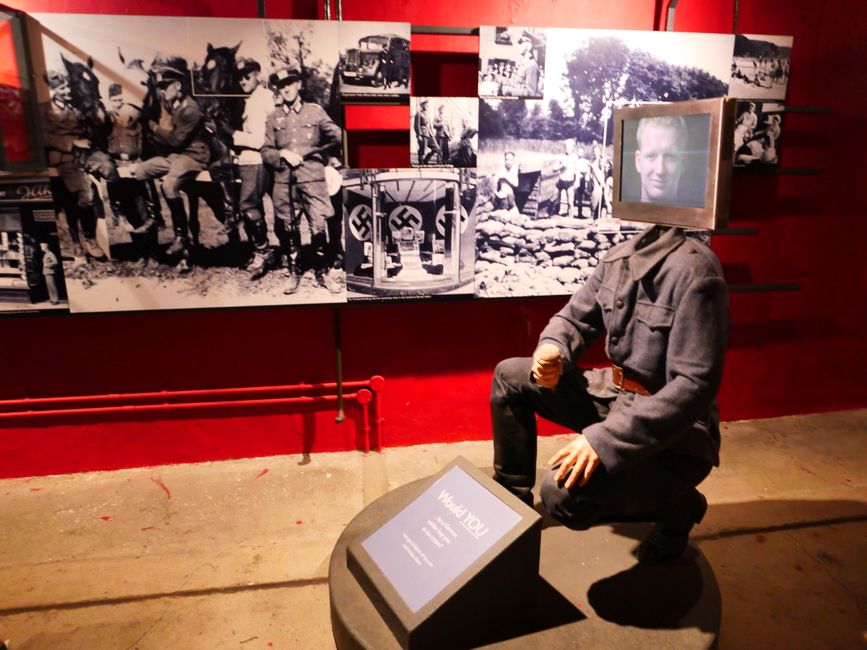
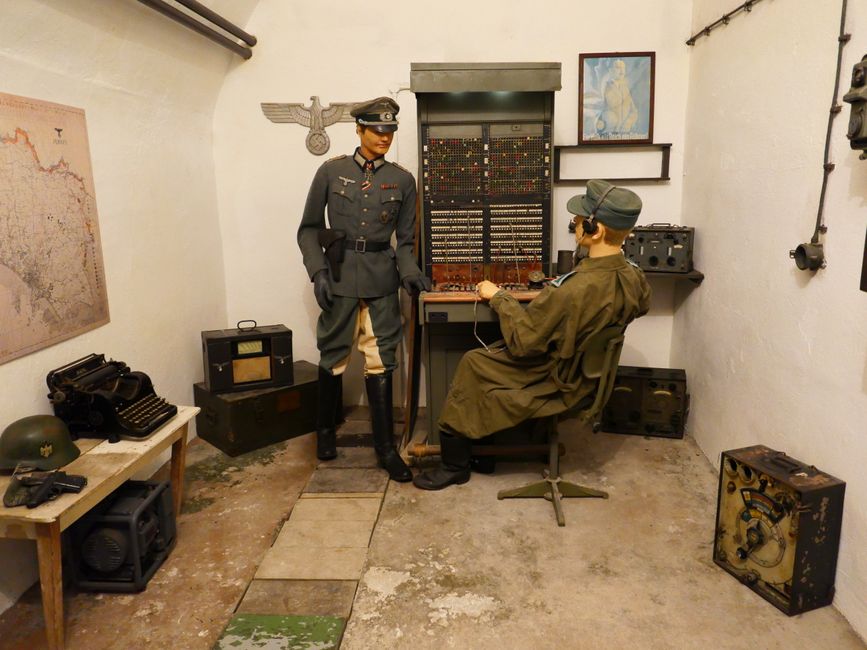
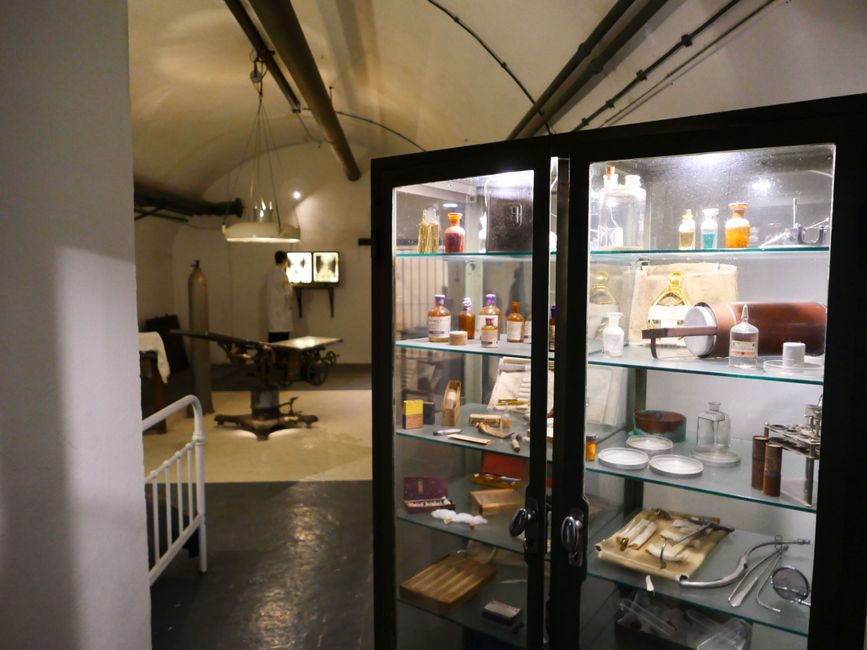
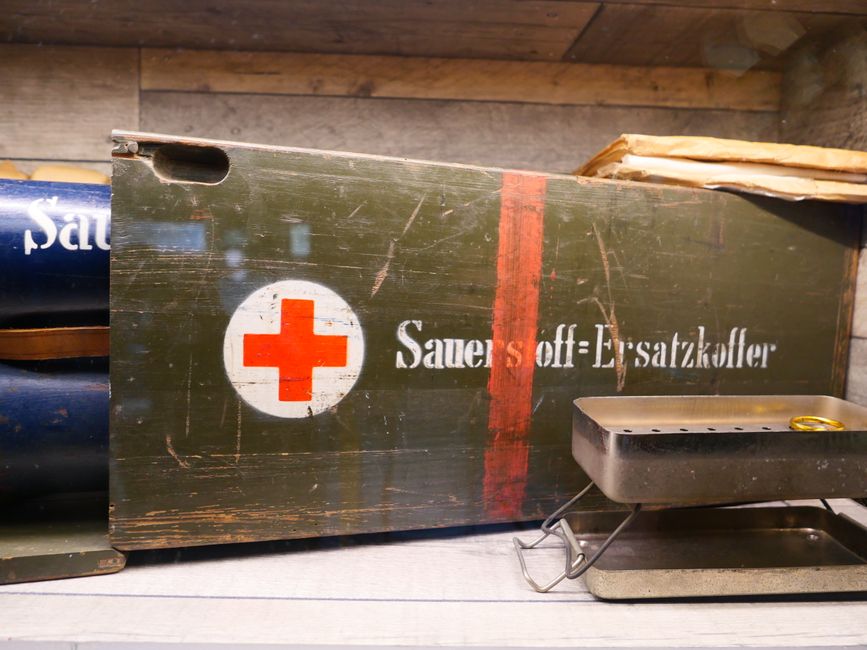
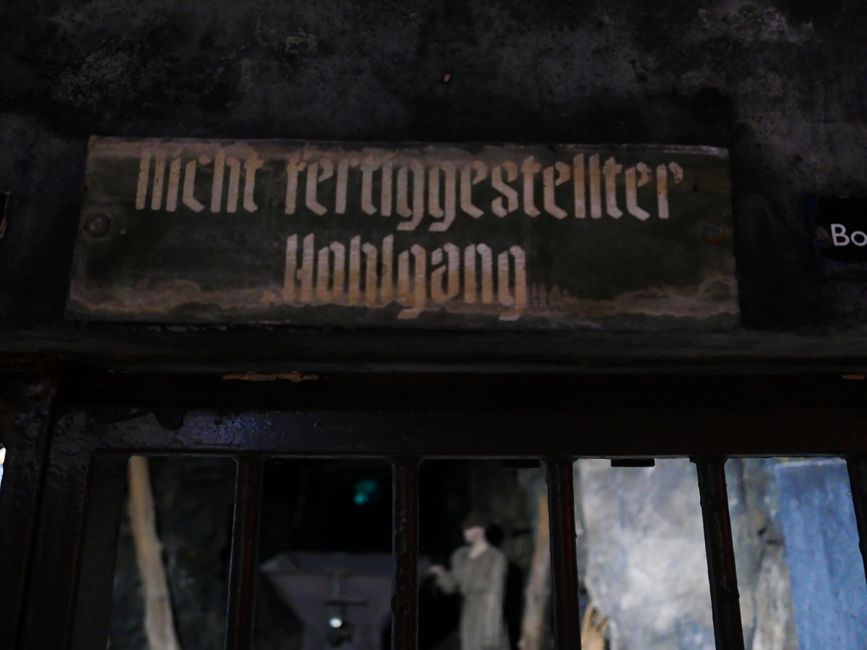
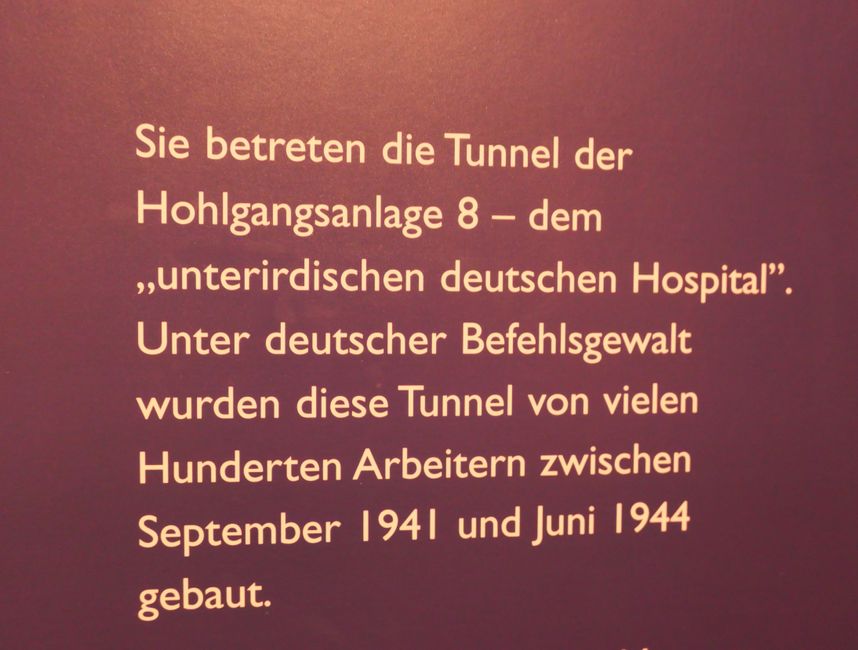
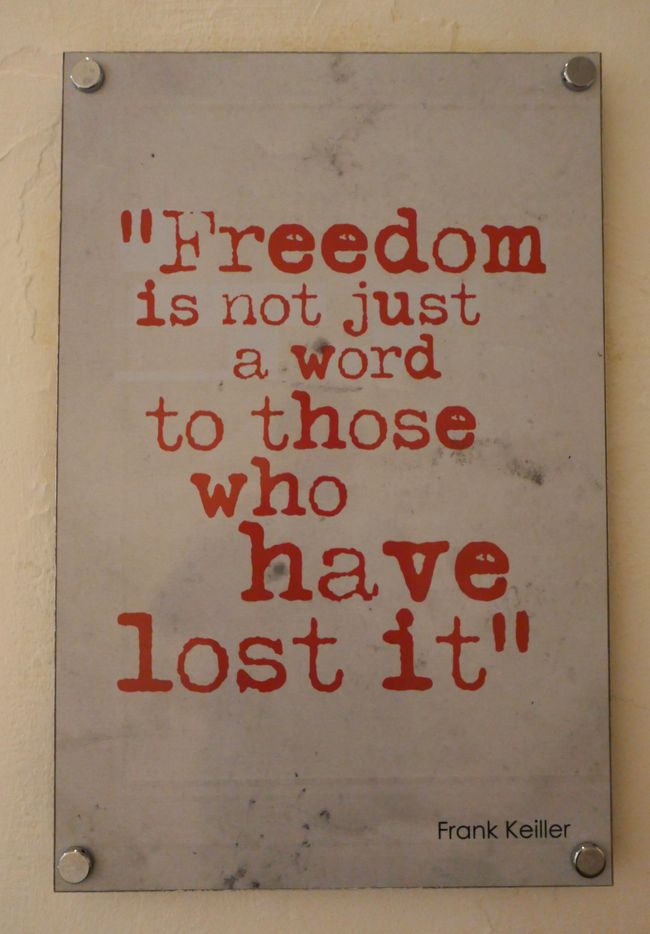
Ejesuscribi Boletín de Noticias-pe
Not so long ago, our German ancestors thought they had to invade the world.
One chapter that was not so familiar to me was the occupation of the Channel Islands by the German Wehrmacht between 1940 and 1945. The appeasement policy, i.e., the appeasement of totalitarian states, by Great Britain under Arthur Neville Chamberlain played a role in this.
He believed that he could keep Great Britain out of war through a restrained policy. Ultimately, this was fruitless and (we all know it) Britain entered the war against Germany on 03/09/1939 after they invaded Poland.
However, the Channel Islands were not included in the British military operations. This was kept secret, but it made it easier for the Germans. In June 1940, they occupied the islands and gradually stationed 15,000 soldiers here.
Although a few islanders could be brought to Great Britain before the occupation, most of them remained on the islands.
The 'Jersey War Tunnels' museum describes the time of the German occupation until the end on 09/05/1945. Very vividly, with pictures and sound recordings, we move through an object that the Germans had built as an underground hospital. The facility, then known as 'Hohlgangsanlage 8', was very massive and was mainly built by foreign forced laborers who were captured. They worked in exhausting 12-hour shifts under poor conditions and inadequate nutrition. Often they were Russian soldiers.
However, although the Channel Islands were invaded, the exhibition is never one-sided and sheds light on all sides of history. The viewer is asked for help with laundry or an ice cream in exchange for payment by a nice young German man. The visitor is confronted with the question 'Would you...' whether they would help. After all, the German counterpart is also a human being, could be their own son, just on the other side.
It is also explained that at the beginning of the occupation there was a relatively orderly coexistence. There was no shortage, the shops were full. The blond (!) Germans, as it was really formulated in the exhibition, looked good and were enthusiastic about sports competitions.
Only when there was a shortage of food, and finally hunger and rationing, did the situation become more difficult. There were also curfews and executions.
The exhibition also shows that there were not only resistance fighters among the population, but also mutual spying and reports against neighbors in order to gain personal advantages.
At the entrance, each visitor also receives an identity card of a real person with the admission ticket. Each of these people had a special story during the occupation of Jersey, and you can read about them. Some were traitors, others escaped in adventurous ways across the sea, and others were heroes because they hid escaped forced laborers at great risk. For some, it ended well, others died in concentration camps.
That there were also collaborators who had to be protected from their own compatriots after the end of the war is also part of the story.
But of course, the exhibition ends with the liberation. However, this did not happen, as many islanders had hoped, shortly after D-Day on June 6, 1944. The population had learned about this through secret radio listening. But the Channel Islands were not important enough to the Allies.
It was not until May 9, 1945, one day after the capitulation of Germany, that the occupation of the Channel Islands was also ended. Since then, the day has been called Liberation Day.
Ejesuscribi Boletín de Noticias-pe
Mbohovái
